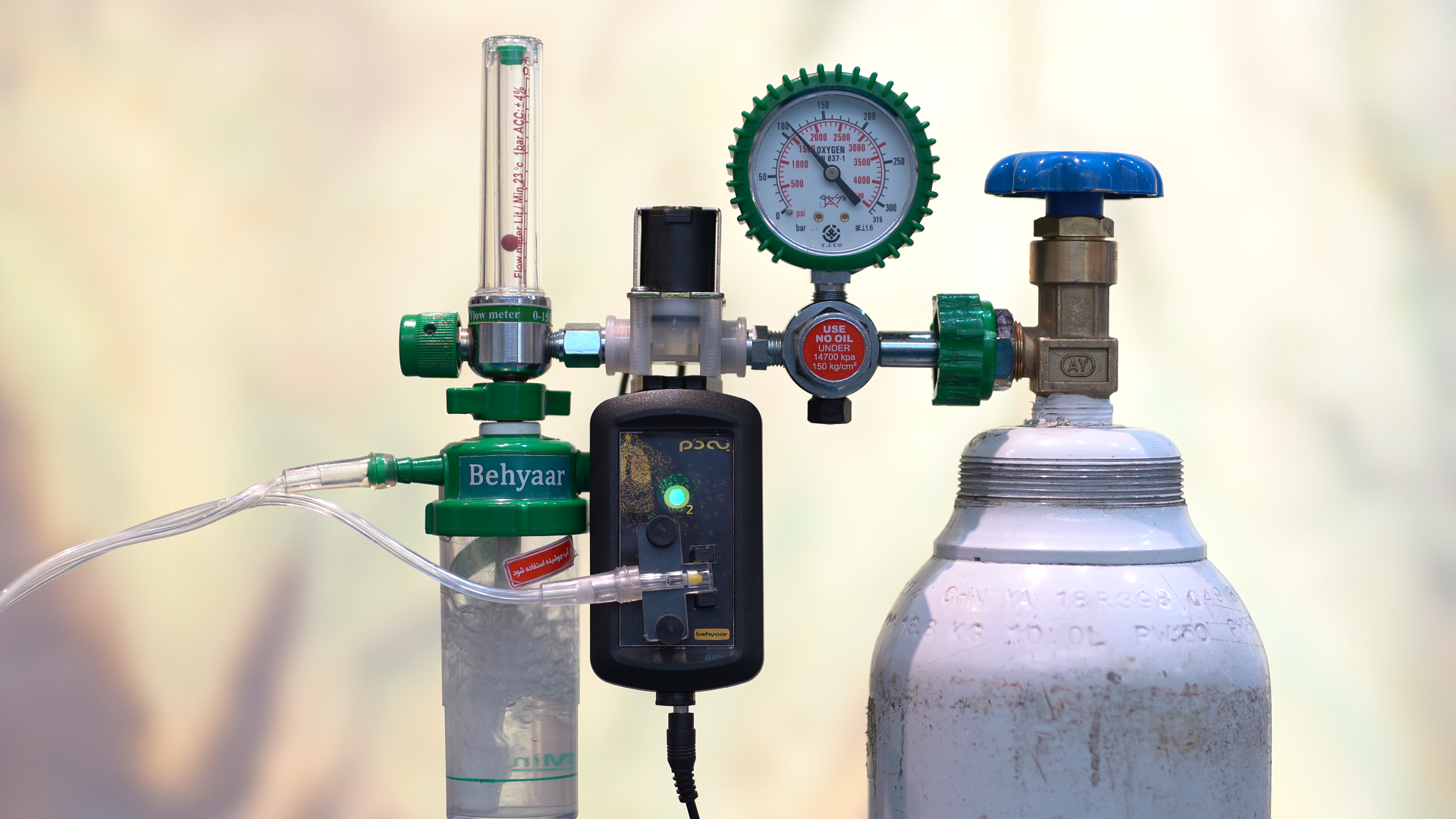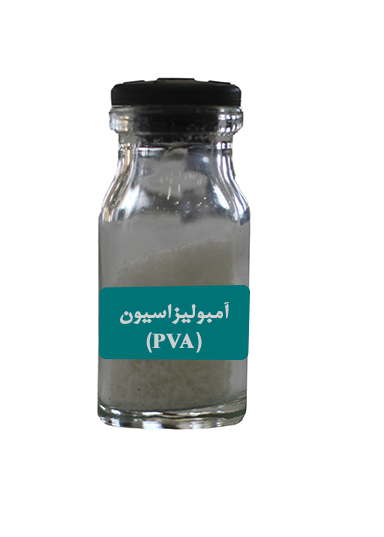Plasma is an ionized gas consisting of electrons, positive and negative ions, neutral and excited atoms, free radicals and molecules, which move in a range of electromagnetic radiation such as infrared, X, soft UV and visible. Today, plasma has found a wide application in the industry of purification and disposal of all types of hazardous and toxic liquid effluents and wastes. In the liquid waste treatment process, unlike other common methods, chemicals are not needed and the plasma treatment device only uses electricity and air. In the interaction of plasma with liquid waste, the charged particles in it break them down to the level of constituent atoms by hitting the pollutant molecules, and by creating the conditions for recombination, in the presence of hydrogen, oxygen and OH radicals, they are broken down into smaller, simple, two or three molecules. It turns into a harmless atom and removes it from the liquid body in the form of gas or sediment. For effluents with a relatively low level of pollution or a low variety of pollutants (such as effluents from textile factories, fish farming, drainage effluents from agricultural lands containing chemical fertilizers, effluents containing pharmaceutical substances, disinfection of running water for domestic and drinking purposes) with the aim of returning water to the cycle Cold plasma is used with low consumption of electrical energy. In cold plasma systems (using air to form plasma), organic materials, including various organic and microbial pollutants, are decomposed and oxidized in the form of CO2 and CO by the collision of electrons and ions in the presence of strong oxidizing compounds such as ozone, hydrogen peroxide, oxygen atoms and ions. they go out Inorganic compounds, such as metals and inorganic elements, become harmless or precipitate in the form of oxides during the oxidation process by increasing the oxidation number. For wastewater with a high degree of pollution and very dangerous, with a large variety of pollution, such as urban, industrial, oil and chemical wastewaters, hot plasma undertakes the purification process. In the presence of a hot DC plasma arc with a temperature of several thousand degrees formed inside the reactor by graphite electrodes, all polluting compounds are decomposed into constituent atoms. Organic compounds make a gas consisting of hydrogen and carbon monoxide and a few other compounds, which are used as a clean fuel for energy production (electricity and heating), metal cutting, fuel or fuel supplement for cars and power plants. Due to the regenerative nature of hydrogen and carbon monoxide, this gas can be used in some industries that require this agent, such as the regeneration process in the production of (green) steel. Produced water also returns to the use cycle after the final stages of filtering to remove carbon particles for use in agriculture and irrigation. On a large scale, this system completely supplies the electricity it needs and produces gas, electric energy and purified water for the consumption of local industries and residential houses around it. Hot plasma is also used to decompose and convert petroleum materials into gas and energy.







